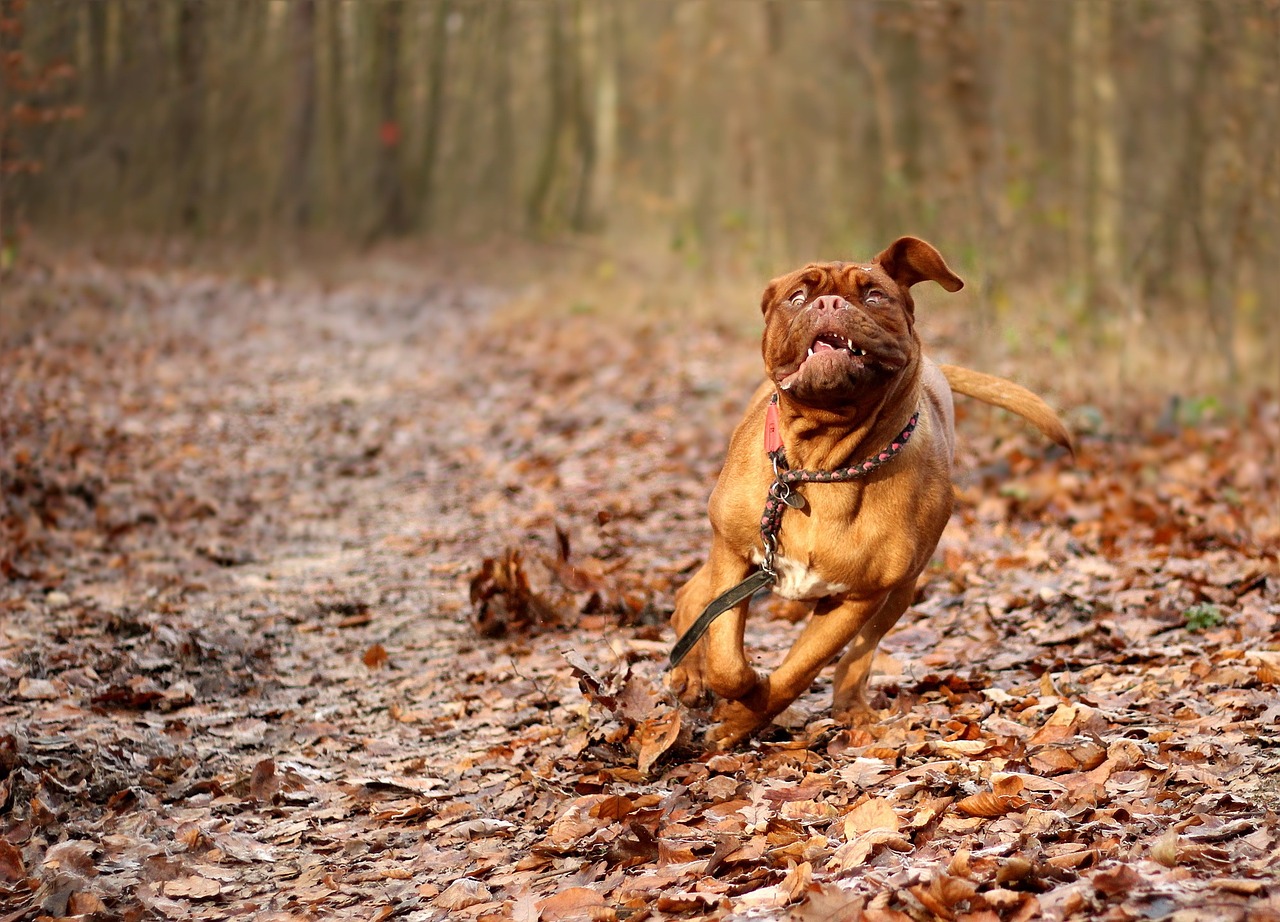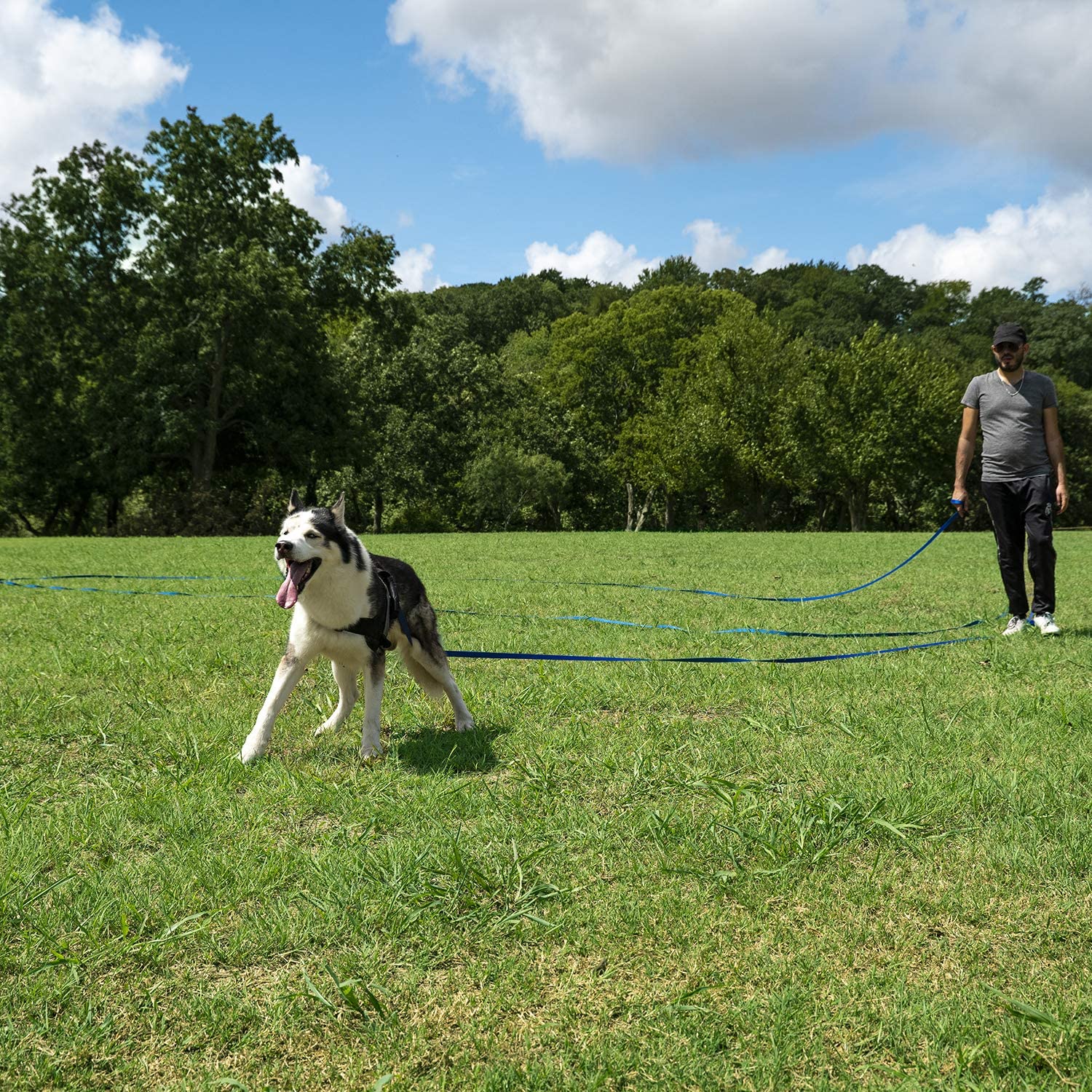
Training your Dogue de Bordeaux to come when called is essential for their safety and your peace of mind. These loyal and affectionate dogs can weigh over 150 pounds, and without proper training, they can easily become difficult to control.
In this article, we will discuss the importance of training your Dogue de Bordeaux to come when called, the steps to take to teach them this crucial command, and the common mistakes to avoid. With patience, consistency, and positive reinforcement techniques, you can teach your Dogue de Bordeaux to come when called and enjoy a stronger bond with your furry companion.
Note: For a complete training, we highly recommend this SpiritDog Online Training Course “Coming When Called”.
1. Start with a Strong Foundation
Before you begin training your dogue de bordeaux to come when called, it’s crucial to establish a strong bond with your pet. Spend time playing with your dog, engaging in activities they enjoy, and providing positive reinforcement through praise and treats. Building trust and a strong connection with your dogue de bordeaux will make them more likely to respond positively to your commands.
2. Choose a Distinct Command Word
Select a specific word or phrase for the recall command, such as “come” or “here.” Ensure that the command is distinct from other commands you use and that all family members use the same word consistently. Consistency is critical to avoid confusing your dogue de bordeaux and ensuring that they understand what you expect from them.
3. Begin Training Your Dogue De Bordeaux in a Controlled Environment
Start training your dogue de bordeaux to come when called in a controlled, distraction-free environment like your home or a fenced yard. In the early stages of training, it’s essential to minimize distractions to help your dog focus on learning the new command. As your dog becomes more reliable in responding to the recall command, gradually introduce distractions and practice in various environments.
4. Use Positive Reinforcement with Your Dogue De Bordeaux
When training your dogue de bordeaux to come when called, always use positive reinforcement techniques. Reward your pup with praise, treats, or playtime when they respond to your recall command. This will help create a positive association with the command and motivate your dog to respond consistently. Remember to be patient and consistent in your training, as it may take time for your dog to master the recall command.
If you’re using treats, these are currently the most popular training treats on Amazon.
5. Gradually Increase Distance and Distractions
As your dogue de bordeaux becomes more reliable in responding to the recall command in a controlled environment, begin to increase the distance between you and your dog during training sessions. Practice calling your dog from various distances and gradually introduce distractions, such as other dogs, people, or toys. This will help your dog learn to respond to the command even in challenging situations.
6. Make Yourself Interesting and Rewarding to Your Dogue De Bordeaux
To encourage your dogue de bordeaux to come when called, make yourself more appealing and rewarding to your dog. Use an enthusiastic, high-pitched voice when calling your dog, and reward them with a treat or praise when they respond. You can also try running away from your dog when calling them, as this can entice your dog to chase after you and respond to the recall command.
7. Never Punish Your Dogue De Bordeaux for Coming When Called
It’s essential to avoid punishing your dogue de bordeaux if they do not immediately respond to the recall command or if they come to you slowly. Punishing your dog can create a negative association with the command and make them less likely to respond in the future. Instead, be patient and continue to practice and reinforce the command using positive reinforcement techniques.
8. Practice the Recall Command Regularly with Your Dogue De Bordeaux
Consistent practice is crucial for training your dogue de bordeaux to come when called. Incorporate recall training into your dog’s daily routine, and practice the command in various environments and situations. This will help reinforce the behavior and make it more reliable over time.
9. Use a Long Training Leash on Your Dogue De Bordeaux
When transitioning from a controlled environment to a more open space, consider using a long training leash to maintain control over your dogue de bordeaux while they learn to respond to the recall command. This will help you avoid losing control of your dog and provide a safety measure as you gradually increase the distance and distractions during training sessions.
This is the most popular long training leash on Amazon.
10. Be Patient and Persistent with Your Dogue De Bordeaux
Training your dogue de bordeaux to come when called takes time, patience, and persistence. Some dogs may learn the command quickly, while others may require more time and consistent practice. Be patient with your dog and maintain a positive attitude during training sessions. Remember that every dog is unique, and the key to success is consistent practice and positive reinforcement.
11. Use a Professional Online Dogue De Bordeaux Training Course
While this article provides many helpful tips for training your dogue de bordeaux, you can increase your chances of success by enlisting the help of a professional online dog trainer. We love the SpiritDog online courses, since its includes unlimited questions with a real dog trainer.
You can check out their Teach Your Dogue De Bordeaux to Come Online Course Here
In conclusion, training your Dogue de Bordeaux to come when called is crucial for their safety and your peace of mind. With consistent training, positive reinforcement, and patience, you can teach your furry companion to come to you when called, even in challenging situations. Remember to make the training sessions fun and rewarding for your Dogue de Bordeaux, and avoid using punishment or negative reinforcement. With time, your furry friend will learn to associate coming when called with positive experiences and will be more likely to obey your commands. By investing time and effort in training your Dogue de Bordeaux, you can ensure a lifetime of companionship and happiness with your furry friend.
More Frequently Asked Questions For Training Your Dogue de Bordeaux
1. How do I train my Dogue de Bordeaux to stop jumping on people?
Jumping is a natural behavior for dogs, and it can be challenging to train them to stop. However, with consistency and patience, you can teach your Dogue de Bordeaux to greet people calmly without jumping.
The first step in training your Dogue de Bordeaux to stop jumping is to ignore the behavior. When your dog jumps on you, turn your back and avoid eye contact. This teaches your dog that jumping does not get attention.
Next, you can teach your dog to sit and stay when greeting people. Practice this behavior with your dog and reward them for sitting calmly. Once your dog has mastered the sit-stay command, have a friend or family member approach and reward your dog for sitting calmly. Over time, your Dogue de Bordeaux will learn that sitting calmly gets them attention and treats, while jumping does not.
It’s also essential to teach your guests how to interact with your dog. Encourage them to ignore your dog when they jump and only give attention when your dog is sitting calmly. With time and consistency, your Dogue de Bordeaux will learn that sitting calmly is the best way to get attention from people.
2. How do I train my Dogue de Bordeaux to walk on a leash?
Walking on a leash is an important skill for any dog, and it’s especially important for larger breeds like the Dogue de Bordeaux. Here are the steps you can take to train your dog to walk on a leash:
- Introduce the leash: Let your dog sniff and investigate the leash. Don’t force the leash on your dog, and give them time to get used to it.
- Collar and leash: Once your dog is comfortable with the leash, attach it to a collar or harness. Make sure the collar or harness fits correctly and is comfortable for your dog.
- Start walking: Start walking slowly, and encourage your dog to follow you. Use positive reinforcement techniques such as treats or praise to encourage your dog to walk with you.
- Stop and sit: If your dog pulls or tries to run, stop walking and make them sit. Once they’re calm, start walking again. Repeat this process until your dog learns to walk calmly on a leash.
- Practice: Practice walking on a leash with your Dogue de Bordeaux every day. Gradually increase the distance and speed, and reward your dog for walking calmly.
It’s important to remember that walking on a leash is a learned behavior, and it takes time and patience to train your Dogue de Bordeaux. Don’t get frustrated if your dog doesn’t learn right away, and always use positive reinforcement techniques to encourage good behavior.
3. How do I train my Dogue de Bordeaux to come when called?
Training your Dogue de Bordeaux to come when called is one of the most important skills you can teach them. Here are the steps you can take to train your dog to come when called:
- Choose a recall command: Choose a simple command such as “come” or “here” and use it consistently.
- Reward your dog: When your dog comes to you, reward them with a treat or praise. This teaches your dog that coming to you is a positive experience.
- Practice in a controlled environment: Start by practicing in a quiet, controlled environment such as your backyard. Call your dog and reward them for coming to you.
- Gradually increase the distance: Once your dog has mastered the recall command in a controlled environment, gradually increase the distance. Call your dog from different parts of the yard or house, and reward them for coming to you.
4. What’s the best online course for teaching a dogue de bordeaux to come when called? At iHeartDogs, we recommend the SpiritDog online course “Coming When Called.” The course includes unlimited questions with a real dog trainer.
iHeartDogs is reader supported. Our articles contain affiliate links where we are paid a small commission for linking to a product at no additional cost to the reader.



 Toledo, United States.
Toledo, United States.